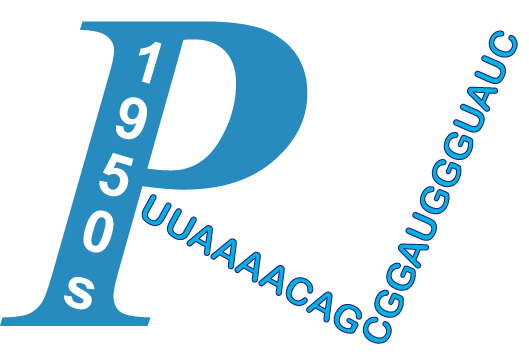| Title | The vagus nerve mediates cardio-respiratory coupling that changes with metabolic demand in a temperate nototheniod fish. | ||
| Author | Campbell, Hamish A; Egginton, Stuart | ||
| Journal | J Exp Biol | Publication Year/Month | 2007-Jul |
| PMID | 17601951 | PMCID | -N/A- |
| Affiliation | 1.Department of Physiology, University of Birmingham, PO Box 363, Edgbaston, Birmingham, B15 2TT, UK. | ||
The extent and efficiency of cardio-respiratory coupling (CRC) in teleost fishes is unclear. We simultaneously monitored heart rate (fH) and ventilation rate (fV) in Paranotothenia angustata, and applied modern power spectral analysis (PSA) mathematics to examine the rate association under varying levels of oxygen consumption (MO2). At low MO2 (0.94 mmol O2 kg(-1) h(-1)) there was a correspondingly low fH and fV (25.5+/-2.4 min(-1) and 29.2+/-2.6 min(-1), respectively). Heart rate variability (HRV) consisted of oscillatory components caused by periodic vagal inhibition of the heart beat. Cross-spectral analysis showed that fH and fV were coupled, with the response lag in heart beat being approximately one seventh of each ventilation cycle. Ingestion of food elevated MO2 (1.99+/-0.02 mmol O2 kg(-1) h(-1)) and increased both fH and fV (45+/-2.3 min(-1) and 52+/-2 min(-1), respectively, P<0.05), but CRC was maintained despite a reduction in HRV. The elevated stress caused by handling and placement of fish into respirometry chambers raised fH and fV to a similar rate as observed after feeding, although high-frequency (>0.2 Hz) oscillations in fH were lacking and MO2 was lower (1.82+/-0.03 mmol O2 kg(-1) h(-1), P<0.05). Subsequent cardiac vagotomy elevated fH and fV (55.5+/-0.8 min(-1) and 48.2+/-0.7 min(-1), respectively; P<0.05) but abolished all HRV and CRC, although MO2 was significantly less for a given fH and fV compared to intact fish. Thus, P. angustata exhibits vagally mediated CRC, and the association between fH and fV varies according to oxygen demand.
